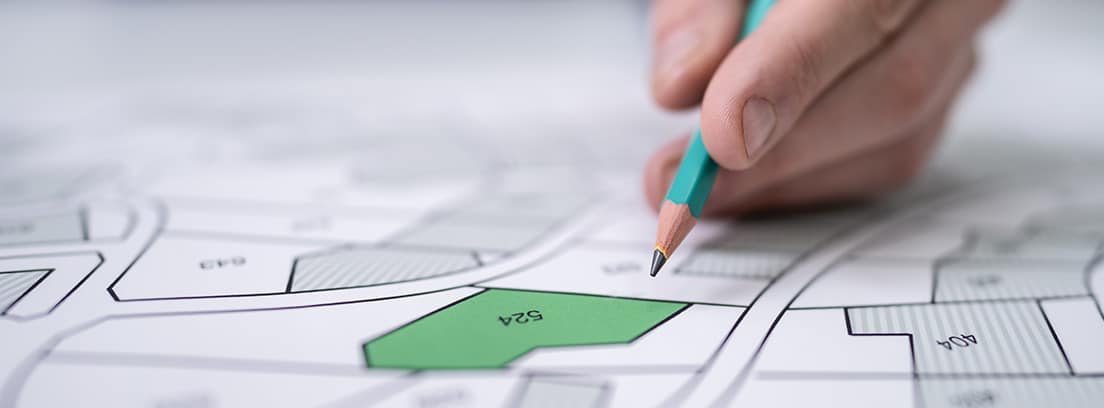
The Unified Registry Code (CRU) has become a highly efficient bureaucratic tool for the entire sector related to the purchase and sale of properties, such as notaries, lawyers, real estate professionals, etc. It has led to the abandonment of the system of assignation of properties that has been in force in Spain for more than 150 years. Each property created in Spain was assigned a successive number by the Land Registry according to the municipality or, sometimes, the section in which it was registered. The aim of all this was to control and ensure the quantification and management of the new properties. Until very recently, specifically since the entry into force of this code in August 2016, the unique number for any type of management was the cadastral reference. From now on it is possible to do so through the CRU or Unique Registry Property Identifier (IDUFIR).
The Unique Registry Code is commonly referred to as the DNI of the land or plots of land. It is composed of a combination of between 0-9 of 14 digits, with which it is possible to identify oneself in the Land Registry and in the Cadastre at national level. It is characterised by:
Although this implementation is largely for professionals in the sector who have experienced a great advance in the completion and management of procedures, for any ordinary citizen it is very useful for:
To find the unique registration code, one can refer to the IBI extract, Nota Simple, or the Geoportal of State Registrars. The Geoportal is a user-friendly tool that aids in quickly and efficiently identifying and locating properties. It is accessible to both private individuals and professionals, such as property administrators, and can streamline their daily work. Additionally, it provides greater transparency for taxpayers and facilitates access to information from the Cadastre and the Land Registry. Through the interactive portal, users can navigate across the peninsula to search for specific properties and desired data. The application allows for property ownership searches, locating registries and mortgage districts in Spain, requesting official documents from the relevant registry, and searching by coordinates.
The IDUFIR was born as an intermediate step to the current CRU. The latter was only a state update. In other words, both mean the same thing and represent, identify and locate by means of digits the exact geographical location of all the properties registered in Spain. The identification of these will be given by the year of registration. Therefore, all citizens who have recognised the land prior to 2016 will have obtained the IDUFIR, and subsequently the subsequent code. Both provide the same guarantees and assurances for lawyers, for example, as well as for citizens in relation to the Land Registry.
The Cadastral Reference, Land Register Number, and IDUFIR/CRU are three different identification codes for properties. The Cadastral Reference is a 20-digit code used for obligatory registration in the Cadastre, which is used by state public bodies and the Ministry of Finance for tax calculations. The Unique Registry Code (IDUFIR) is the number of the property in the registry and is necessary for obtaining a Nota Simple. It can also be combined with the Cadastral Reference in some cases. The Land Registry Number is assigned by the Land Registry to each residence, and while two properties can have the same number, they will differ based on where they have been registered. For example, a plot of land for sale in the Valencian Community can have the same number as one in Andalusia. It's important to note that having one of these codes does not automatically grant access to taxes, formalities, or obtaining the others.
Each is of undoubted weight for the national bureaucracy. Sometimes a combo of all of them is necessary, sometimes just one is sufficient.
What is worth highlighting is the accessibility of the new applications of the Ministries, to speed up and take a step forward in terms of transparency of services and to provide expert assistance. With all the websites and initiatives, the hours spent waiting in registers, town halls or provincial councils to obtain the necessary data for a sale or other transactions are drastically reduced. This is the present and the future for the real estate sector.
Keep visit our blog for the latest property news in the Spanish real estate industry